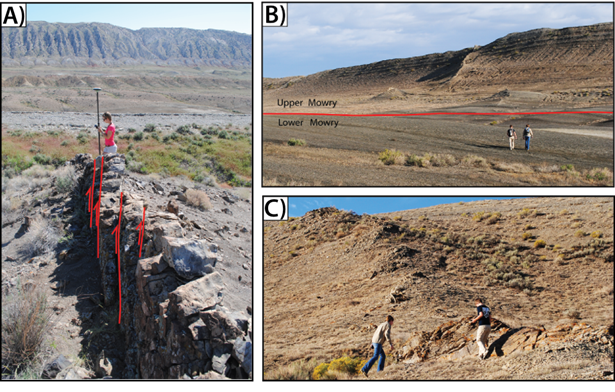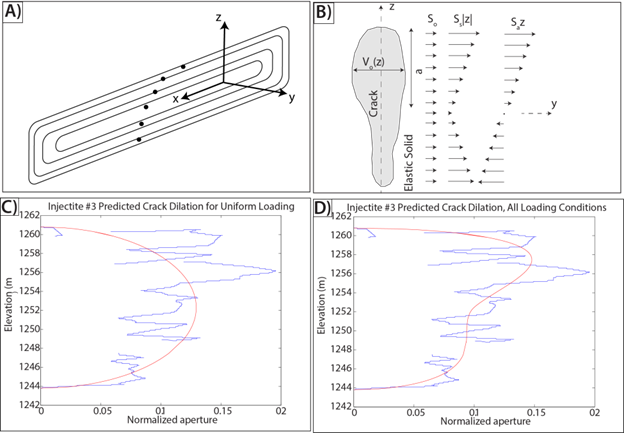Reports: UNI852300-UNI8: A Field-Based Geomechanical Study of the Formation, Deformation, and Internal Structure of Reservoir-Scale Sandstone Dikes, Sheep Mountain Anticline, WY
W. Ashley Griffith, PhD, University of Texas Arlington



W. Ashley Griffith, PhD, University of Texas Arlington



Reports in the ACS PRF Annual Report are published as submitted by the Principal Investigator.
Copyright © American Chemical Society